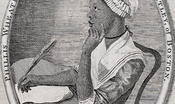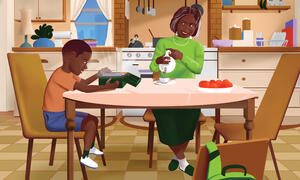text
Informational
Letter to Reverend Samson Occum (1774)

Wheatley’s letter explains her reasoning for emancipation using the rhetoric of the American Revolution and Biblical references.
January 5, 2018
